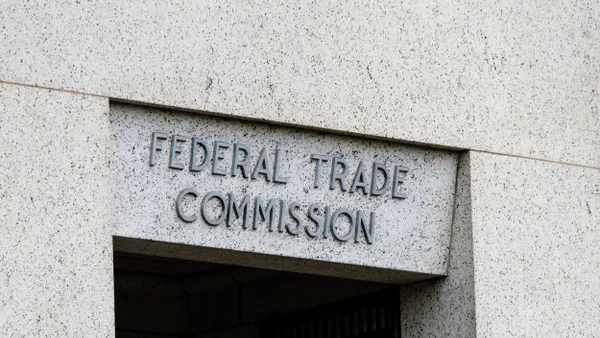Dive Brief:
- A massive Google data center in Pryor, OK, hasn’t brought the small town thousands of jobs like some manufacturing plants might have, but even with tax breaks it has greatly expanded the flow of money to the local school district.
- The New York Times reports Google is the largest taxpayer in the county, and outside of that formal revenue flow, the company has made $1.5 million in donations to the county since 2011 — including to STEM education and in the form of Chromebooks.
- While nearby districts are struggling to fully staff their buildings or buy classroom materials, Pryor schools are handing out teacher bonuses and leveraging the larger revenue base with bonds to cover textbooks, technology and new buildings.
Dive Insight:
Local control of education in the United States creates unavoidable inequality. Wealthy families tend to concentrate, creating districts flush with local property taxes and willing donors. High-poverty towns, like Pryor, can strike a jackpot with one employer while their neighbors languish. The Elementary and Secondary Education Act was created as a piece of civil rights legislation. Its purpose is to mitigate some of the natural consequences of such inequality, in part by sending billions of dollars to high-poverty schools.
A lengthy investigation by U.S. News & World Report found a lot of southern states, in particular, get the short end of the stick based on current policy for distributing Title I money, most recently about $14.5 billion. While many southern districts have high concentrations of poverty, they don’t benefit from formulas that preference large numbers of students in poverty. They also do not benefit from a small state minimum that helps places like Connecticut.











